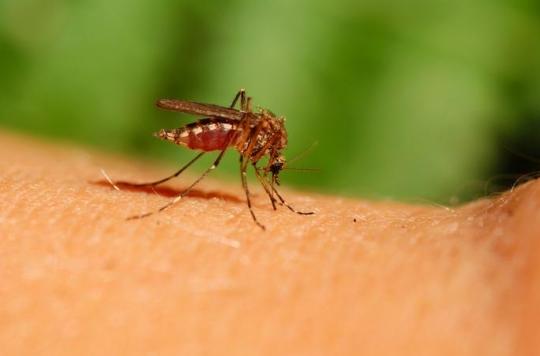Evidence of the existence of bilharzia thousands of years old has been discovered by archaeologists in Syria. The crop irrigation system is believed to have helped spread the disease.

Bilharzia, this parasitic disease currently present in Corsica, was already rampant thousands of years ago. Researchers have found an egg of the schistosomiasis parasite (another name for bilharzia) in a 6,200-year-old tomb in Syria. This could be the first evidence that irrigation systems in the Middle East have contributed to the spread of bilharzia around the world.
This condition is caused by parasites of flatworms that live in the blood vessels of the bladder and intestines. It can lead to anemia, kidney failure, and even bladder cancer. And more than 200,000 people around the world are affected.
An egg in a grave in Syria
It is therefore one of the eggs of these parasites that was discovered by archaeologists and British anthropologists at the University of Cambridge. The egg was found in the pelvic region of the grave, where the person’s bowels and bladder were supposed to be. And for the latter, it is arguably one of the oldest evidence of a phenomenon that has unfortunately recurred since: when technological progress unintentionally causes an epidemic. According to Piers Mitchell, who led the research team, “it seems likely that in the following centuries the bilharzia parasite became endemic in this region of the Middle East, infected tapeworms and spread to people. wading through these crop irrigation systems. “
Irrigation systems responsible for the spread of the disease
But above all, this discovery of a parasite over 6000 years old could well be instructive for the current fight against bilharzia. According to the authors of this work, this would prove the interest of finding new means of irrigation in Africa, which “could break the cycle of propagation of the disease”.
The previous discovery of a schistosomiasis parasite egg had been made in an Egyptian mummy and it was 5,200 years old.
Recommended screening in France
In France, it is the waters of the Cavu river in Corsica that are contaminated. The health authorities therefore recommend that people who have been in contact with this water between 2011 and 2013, to perform a diagnosis of bilharzia. The symptoms of bilharzia can sometimes go unnoticed but the disease can have allergic manifestations, such as fever, cough or hives, then urinary signs (urinary difficulties, blood in the urine, etc.).
.















